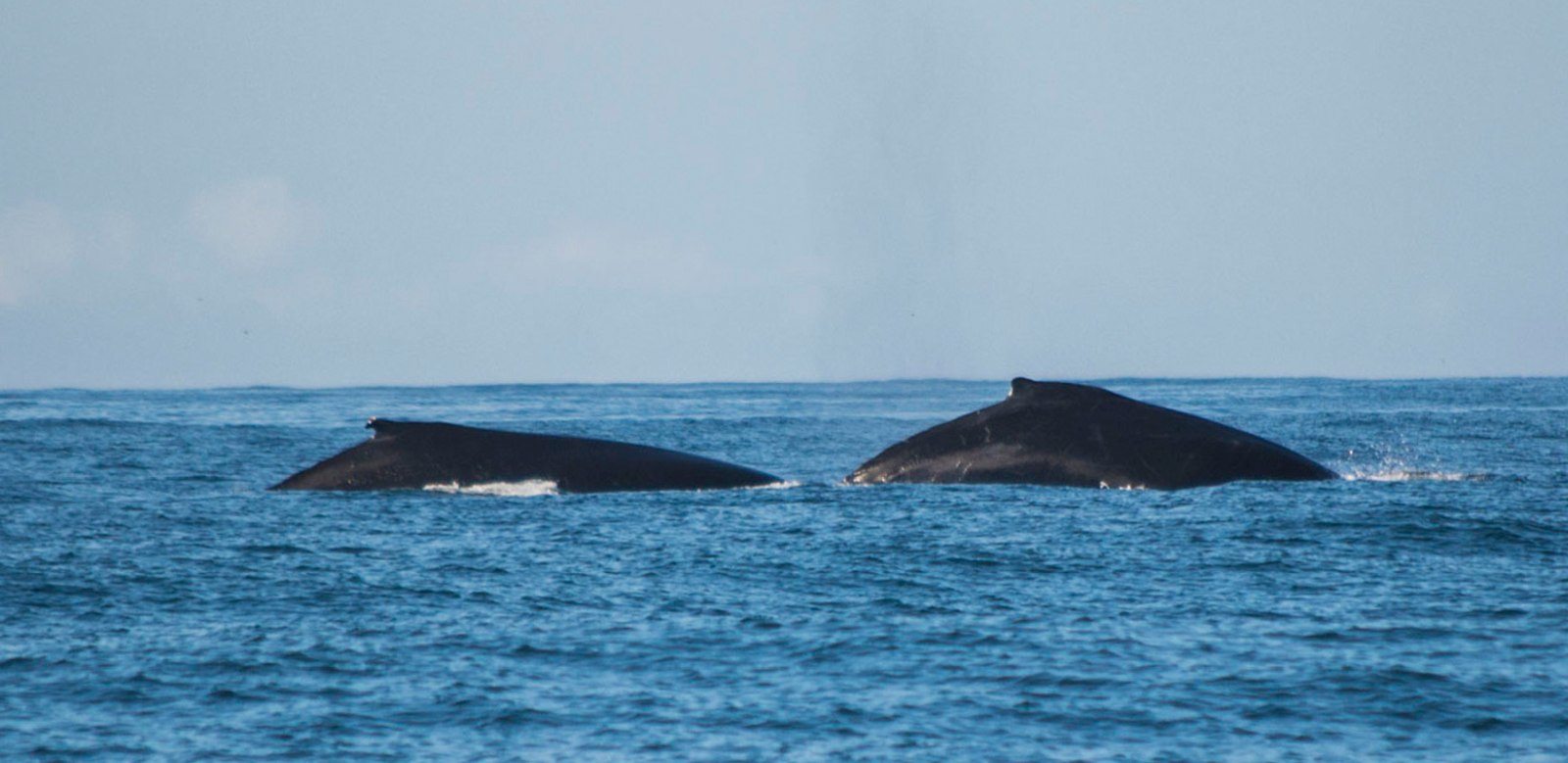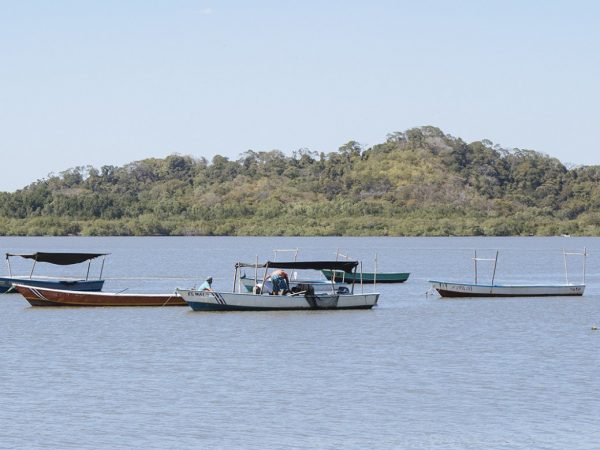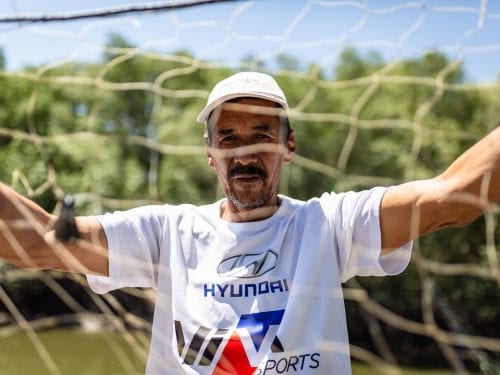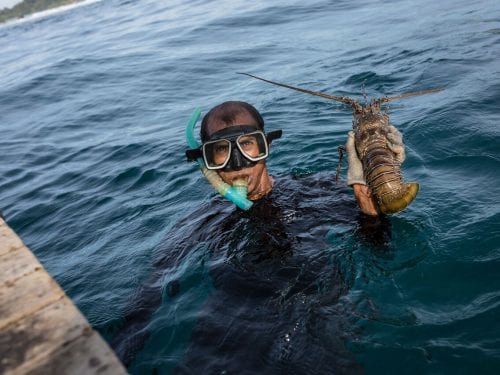
At 8 a.m. on an early December day, we left the beach at Garza in a small boat, and a few minutes later we were aboard a yacht owned by Eduardo Carrillo, one of the community’s small business owners.
Our objective was to fish, although to tell the truth, few of us (we were a group of nine) actually had any experience in this sport. Our expectations were low: We wanted to have a good time during the five-hour tour, and with a little luck, maybe catch something for dinner.
Once aboard the yacht, each of us got comfortable where the sun shined brightest – literally – and went about our favorite pastimes, drinking a cold beer, stretching out in the sun to get a tan, or learning about the art of fishing from Capt. “Chano” Barrantes’ mates.
An hour later, we realized it was our lucky day. A few meters from the boat, a whale’s tale emerged from the water. Everyone applauded. The spectacle seemed like it was designed especially for us. A few minutes later, two dolphins began to dance along the side of our boat, accompanying us, and a moment later, we spotted two turtles within plain sight.
We were lucky, because it’s uncommon to see whales at this time of year. Boat owner Eduardo Carrillo said whales usually come here in August and stay for three months to give birth and raise their calves.
Once the captain was certain the whales were far enough away, he let us swim a little in the open water. A few dives and strokes later, and we asked for life preservers to float until we were tired. Then we climbed back into the boat to hydrate and eat some fruit, which in this case was included in the tour.
Let’s Fish!
Yachts like this usually have several fishing poles that are inserted into slots on the stern. The captain’s mates fish for black tuna at the beginning of the trip to use later as bait for the “big fish.”
Those big fish usually are snapper and mahimahi. When something bites, the fisherman should coil the line and begin a game of rising and falling to trap the prey (the next day you will feel it in your arms). If the fish is apt for consumption, the mates finish the catch with a hook, and it’s photo time.
According to Marviva biologist Erick Ross, Guanacaste is a privileged site for sport fishing due to the constant presence of species such as grouper, snapper, roosterfish or yellowfin tuna.
Remember: If you are fishing only for sport (and not for food), you should descend to water level to take a photo with your catch in order to handle it as little as possible before releasing it. Fish have a type of saliva on their scales that protect them from infections. That saliva is removed as a fish is handled, Ross said. SEE: “Tips to Fish Responsibly.”
At the end of the day, we managed to catch three fish – more than enough to cook dinner for everyone and still have enough for ceviche the next day.
Contact info
Cost: $800 for 10 people, $650 for 4-6 people
Duration: 5 hours
Contact: Eduardo Carrillo, 8359-0691, [email protected]
Mahi Mahi Sport Fishing: 8602-0873







Comments